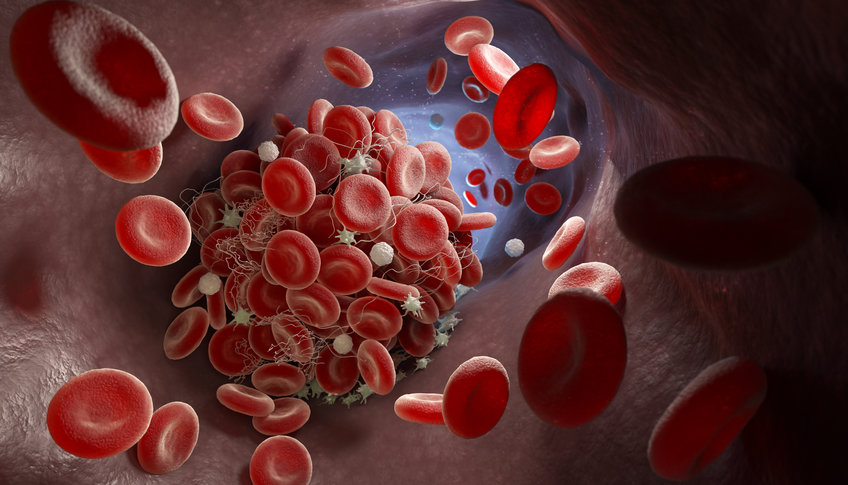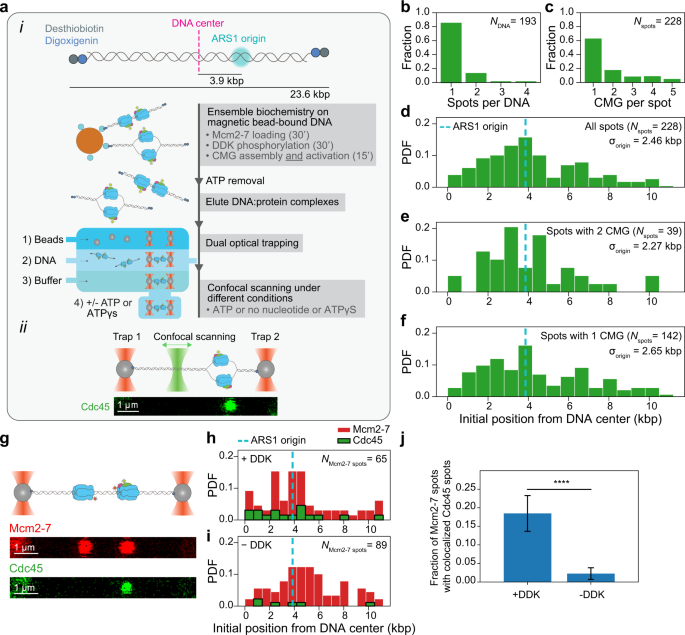血栓の形成を抑制するメカニズムを解明 Scientists decipher a mechanism that may help prevent the formation of blood clots
2023-04-13 マックス・プランク研究所

Schematic representation of the formation of a blood clot in a vein.
© Illustration: Tatiana Shepeleva, AdobeStock
研究者たちは、夏と冬にスウェーデン中部のヒグマのサンプルを取得し、その血液サンプルを分析して、冬眠時のプレートレットと免疫細胞の相互作用が遅くなることを発見した。
この発見から、HSP47というタンパク質のレベルを下げることで、血液小板と炎症細胞の相互作用を減らすことができることが判明し、血栓症のリスクを減らす治療方法が開発される可能性がある。
<関連情報>
熊からヒトまでの哺乳類種で保存されている不動態化関連血栓保護機能 Immobility-associated thromboprotection is conserved across mammalian species from bear to human
Manuela Thienel,Johannes B. Müller-Reif,Zhe Zhang,Vincent Ehreiser ,Judith Huth,Khrystyna Shchurovska,Badr Kilani,Lisa Schweizer,Philipp E. Geyer,Maximilian Zwiebel,Julia Novotny,Enzo Lüsebrink ,Gemma Little,Martin Orban,Leo Nicolai,Shaza El Nemr,Anna Titova,Michael Spannagl,Jonas Kindberg,Alina L. Evans,Orpheus Mach,Matthias Vogel,Steffen Tiedt,Steffen Ormanns ,Barbara Kessler,Anne Dueck,Andrea Friebe,Peter Godsk Jørgensen,Monir Majzoub-Altweck,Andreas Blutke,Amin Polzin,Konstantin Stark,Stefan Kääb ,Doris Maier,Jonathan M. Gibbins,Ulrich Limper,Ole Frobert,Matthias Mann,Steffen Massberg,Tobias Petzold
Science Published:13 Apr 2023
DOI:https://doi.org/10.1126/science.abo5044
The bear necessities for anticoagulation
When humans experience acute immobility caused by illness or injury, they are at increased risk for potentially deadly venous thromboembolism. By contrast, hibernating bears remain immobile for months every year without experiencing any such complications. Similarly, chronically immobilized patients with spinal cord injury do not have an increased risk of thrombosis. By examining blood from humans experiencing chronic immobilization, healthy volunteers on extended bed rest, and free-ranging brown bears during their periods of activity and hibernation, Thienel et al. identified specific proteins that are down-regulated during periods of prolonged immobility and protect from thrombosis (see the Perspective by Schattner). —YN
Abstract
Venous thromboembolism (VTE) comprising deep venous thrombosis and pulmonary embolism is a major cause of morbidity and mortality. Short-term immobility-related conditions are a major risk factor for the development of VTE. Paradoxically, long-term immobilized free-ranging hibernating brown bears and paralyzed spinal cord injury (SCI) patients are protected from VTE. We aimed to identify mechanisms of immobility-associated VTE protection in a cross-species approach. Mass spectrometry–based proteomics revealed an antithrombotic signature in platelets of hibernating brown bears with heat shock protein 47 (HSP47) as the most substantially reduced protein. HSP47 down-regulation or ablation attenuated immune cell activation and neutrophil extracellular trap formation, contributing to thromboprotection in bears, SCI patients, and mice. This cross-species conserved platelet signature may give rise to antithrombotic therapeutics and prognostic markers beyond immobility-associated VTE.


